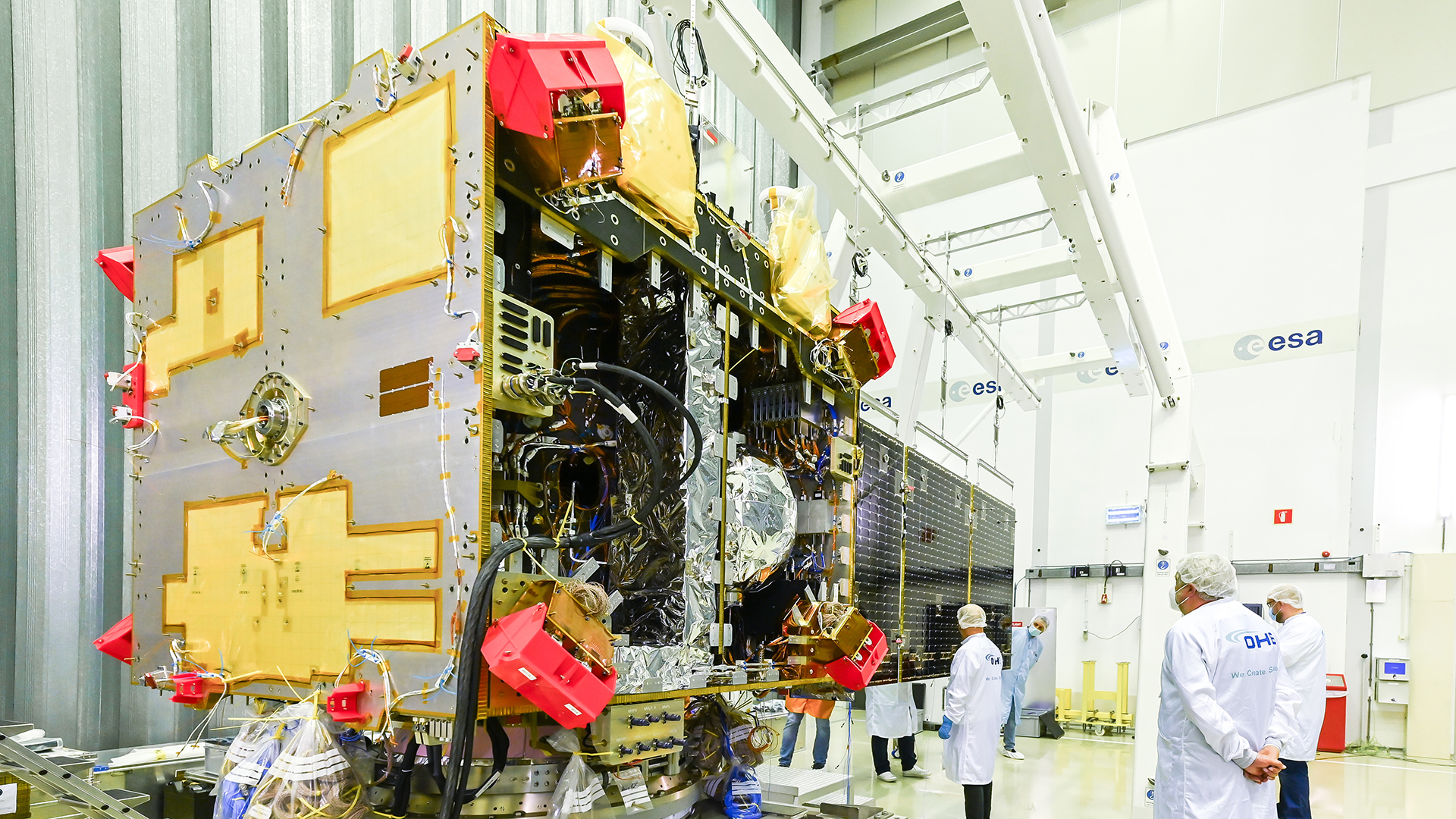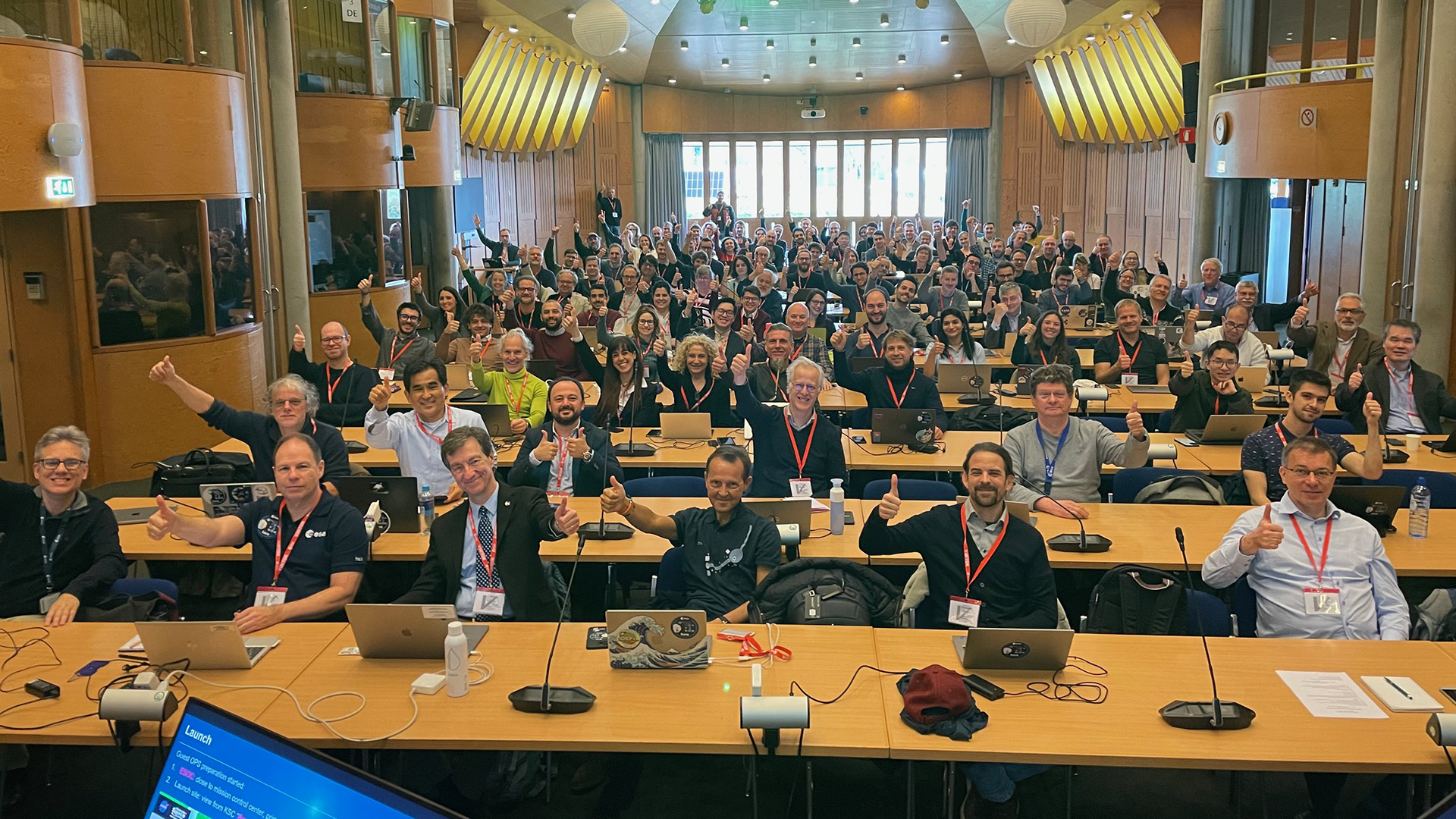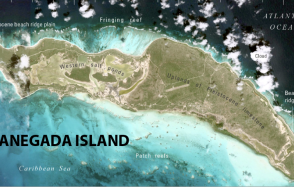Imminent launch of ESA’s HERA mission
On 7 October 2024, from the Cape Canaveral launch pad, the European Space Agency's (ESA) HERA probe will take off aboard a SpaceX Falcon 9 launcher, marking a milestone in the AIDA (Asteroid Impact & Deflection Assessment) mission. This program, in which two members of the IPGP, Sébastien Charnoz and Gustavo Madeira, are taking part, aims to test and study planetary defense strategies against the threat of asteroids that are potentially dangerous for the Earth.

Artistic view of the HERA spacecraft close to the Binary. On the right the two CubeSats Milani (bottom) and Juventas (top). © ESA
Publication date: 27/09/2024
Press, Research
Related teams :
Cosmochemistry, Astrophysics and Experimental Geophysics (CAGE)
Related themes : Earth and Planetary Interiors










